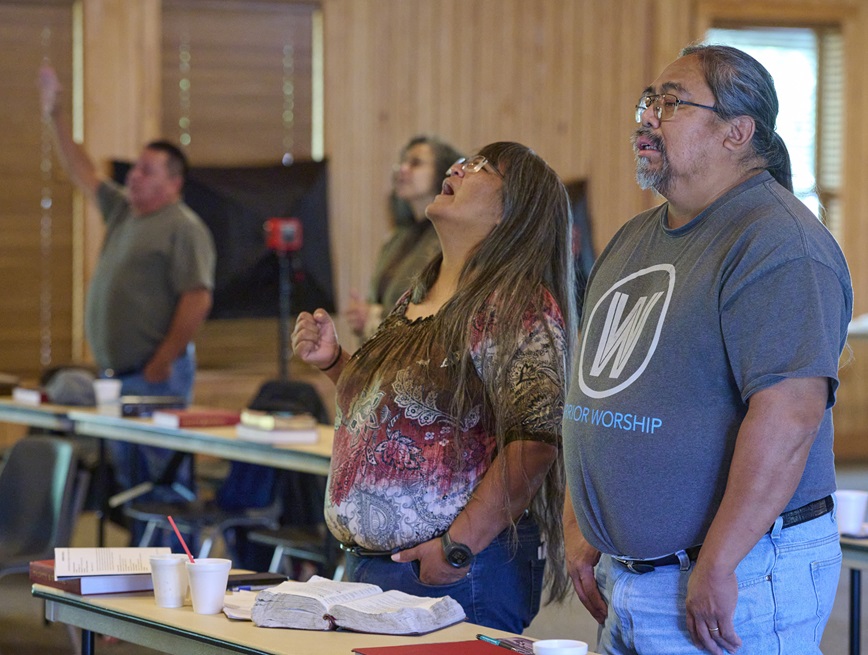Related Articles
Peyote: Its Appeal to Indian Church Defectors
Even a cursory investigation of the Peyote Cult reveals that much of its attraction stems from identification with the Navajo’s worldview and cultural values, rather than those of the West’s theoretical, theological abstractions.
Rethinking Missions in Native America
By Patrick Lennox | The mission to Native America is not complete. We need more Native pastors to plant new churches and to revitalize existing churches. Those pastors would benefit from seminary training and encouragement to persevere in their communities. And we need the non-Native body of Christ to come alongside and support Native brothers and sisters in their efforts to fulfill the Great Commission in North America.
Welcoming the Stranger
Presenter: Matthew Soerens, US Director of Church Mobilization, World Relief Description: Refugee and immigration issues have dominated headlines globally recently. While many American Christians view these…
The Global Impact of George Verwer
By David Greenlee and Greg Kernaghan | George Verwer, founder of Operation Mobilisation, passed away on April 14, 2023. His impact in global missions reverberated far beyond the boundaries of OM. God used him to help shape its multicultural and multinational the future.
From Accomplices to Advocates: Discrimination against Non-native English Speakers in Mission Agencies
The authors discuss the prevalence, consequence, and contributing factors of discrimination against non-native speakers of English and provide insights to inform a biblically-based response to the issue.



